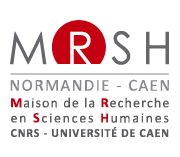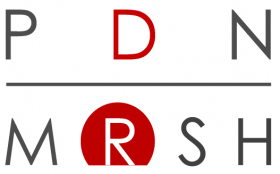Foreword. Women’s stories: war diaries from Pieve Santo Stefano
The following pages offer a few passages taken from diaries or memoirs written by Tosca Ciampelli, Nanda Belli, Maria Alemanno, Perla Cacciaguerra, Margherita Biagini and Marisa Corsellini, six women who lived through the tragic experiences of the Second World War in Tuscany, the first two in Badia Prataglia in the province of Arezzo, the others in Florence.
The documents come from the Diary Archive of Pieve Santo Stefano, a town in the centre of the province of Arezzo with around 3,400 inhabitants, situated between the Tuscan and the Umbrian countryside. The Archive was founded in 1984 by Saverio Tutino, an established journalist who decided to set up a « memory bank » with the aim of saving the lives of so many women and men from oblivion by making them legitimately become the authors of their own stories and of history. His decision was nurtured by a strong feeling of civic engagement and a conviction that the guardianship and revitalisation of memory is of extreme cultural importance.
In twenty years 5,152 texts, of which 2,238 are by women writers, have arrived at the Archive in Pieve Santo Stefano. The Second World War is one of the most common topics, comprising 2,053 texts, in second place after family, with 3,022. In addition to the memoirs, autobiographies and diaries, there are also letters, 224 male, 149 female.
For Tuscany the wartime conflicts are narrated by around 200 authors, amongst them there are people from various geographical and social backgrounds; and also with varied levels of literacy and education. Women of different ages and from different social and cultural backgrounds gave voice to their own war experiences and identified in Pieve a secure place, almost a shelter, a niche in which to entrust these pieces of their lives, transposed like the pieces of a mosaic on the pages of notebooks or scattered sheets of paper. Similar narrative style and themes unite the pages of a lot of the diarists, who offer such a panoramic cross-section of the two-year period 1943-1945 that, consequently, they present this opportunity for historiographical reflection. In the diaries, in a particular way, national events flow in a continuous coming and going between public and private, the story of the single author is part of the national story 1 I have had the opportunity to focus on these diaries in my Scenari di guerra, parole di donne. Diari e memorie nell’Italia della seconda guerra mondiale, Bologna, Il Mulino, 2007. .
The extracts published in these pages are substantially faithful to the text. Some corrections of spelling and, more generally, of language order were essential in order to make the reading and the translation of the stories easier.
- 1. I have had the opportunity to focus on these diaries in my Scenari di guerra, parole di donne. Diari e memorie nell’Italia della seconda guerra mondiale, Bologna, Il Mulino, 2007.
- Numéro: XX000
- Lieu: Archivio Diaristico Nazionale di Pieve Santo Stefano, Arezzo, Toscane





